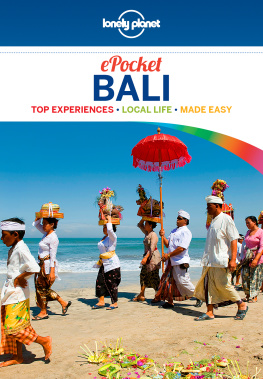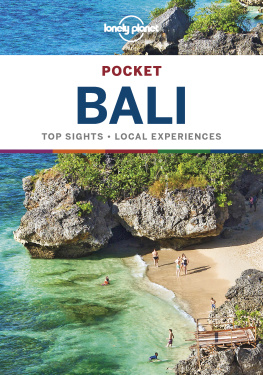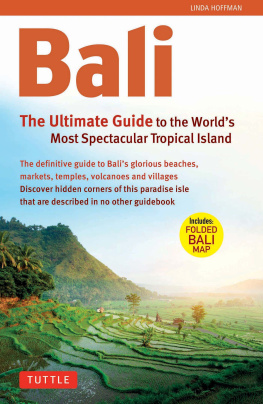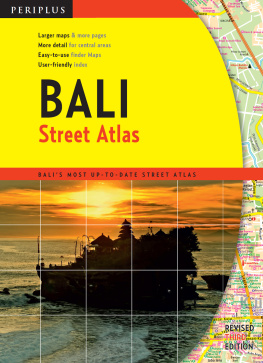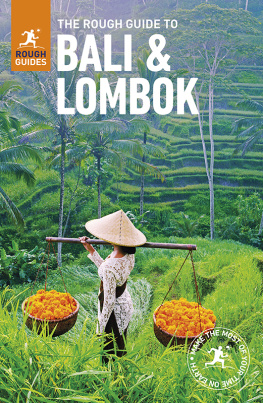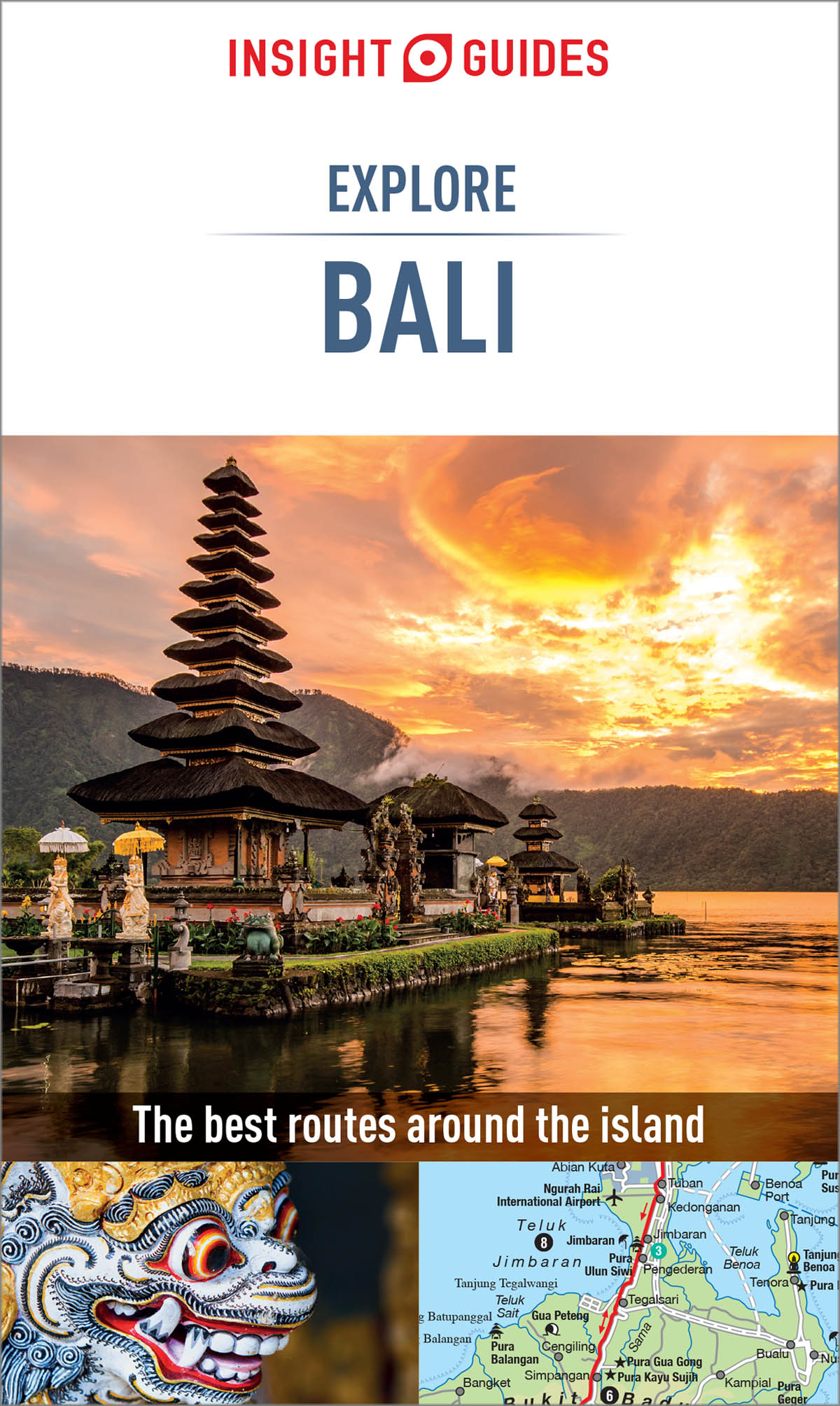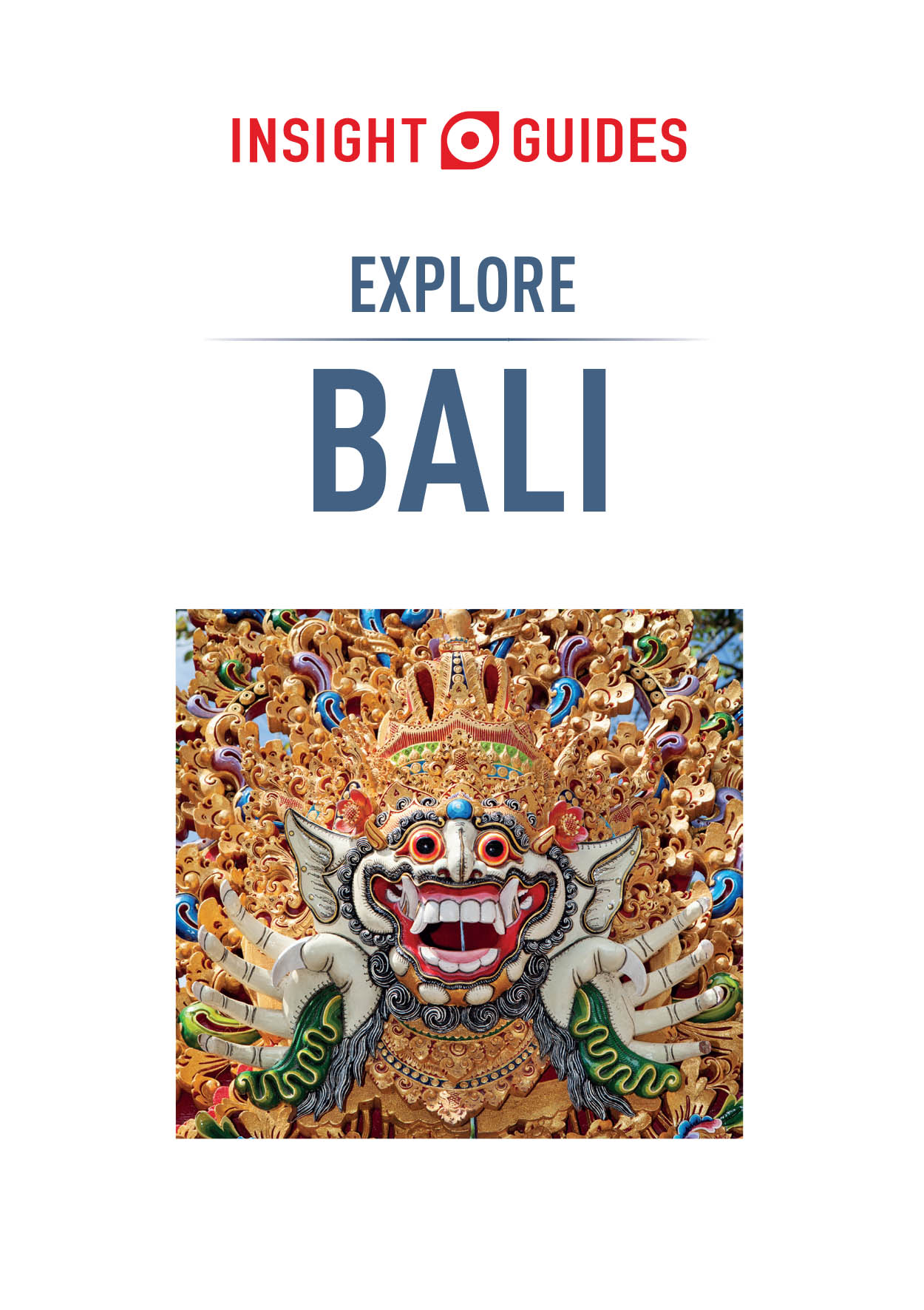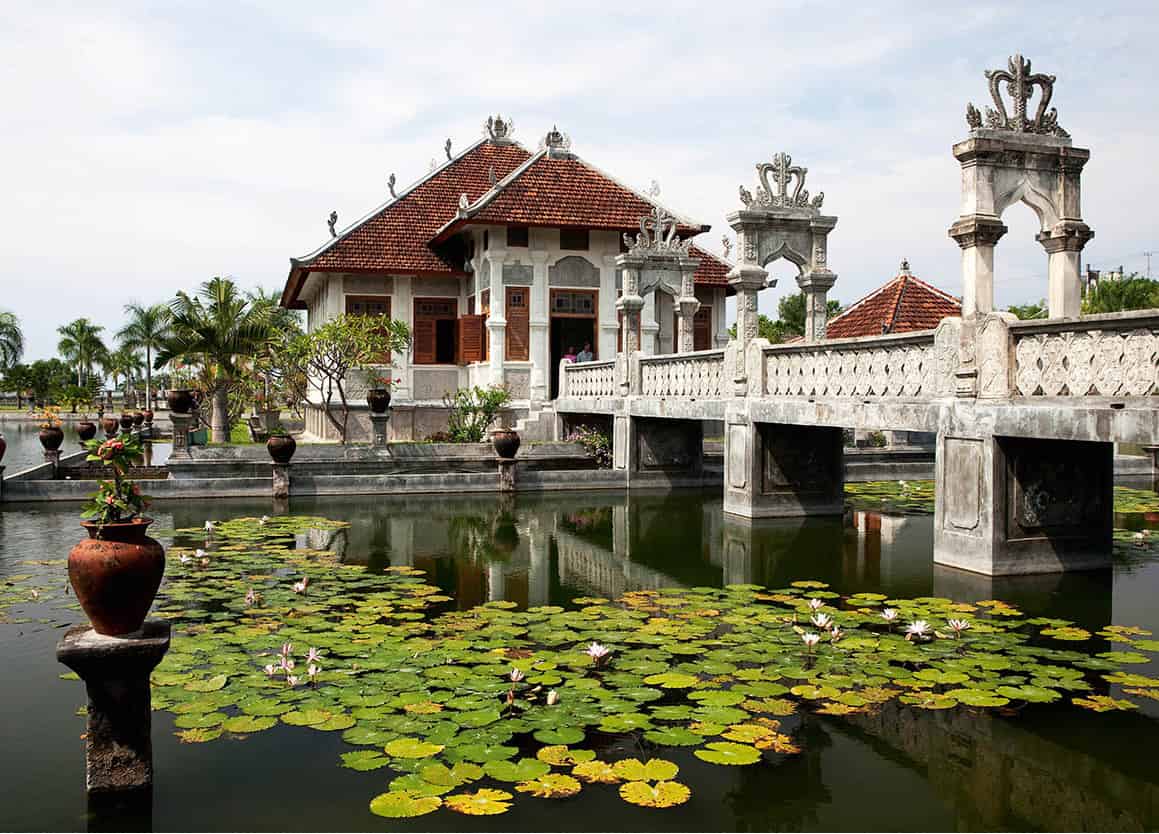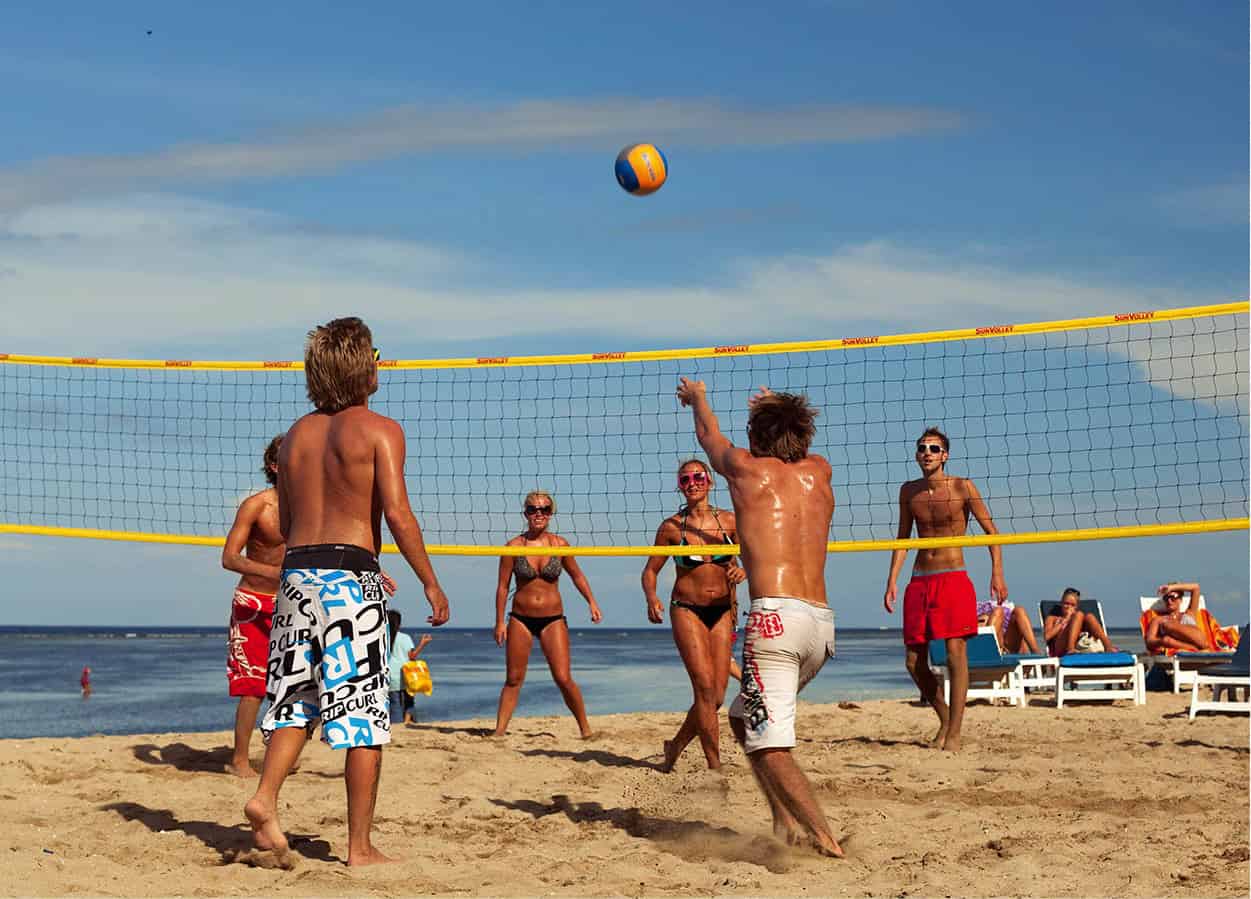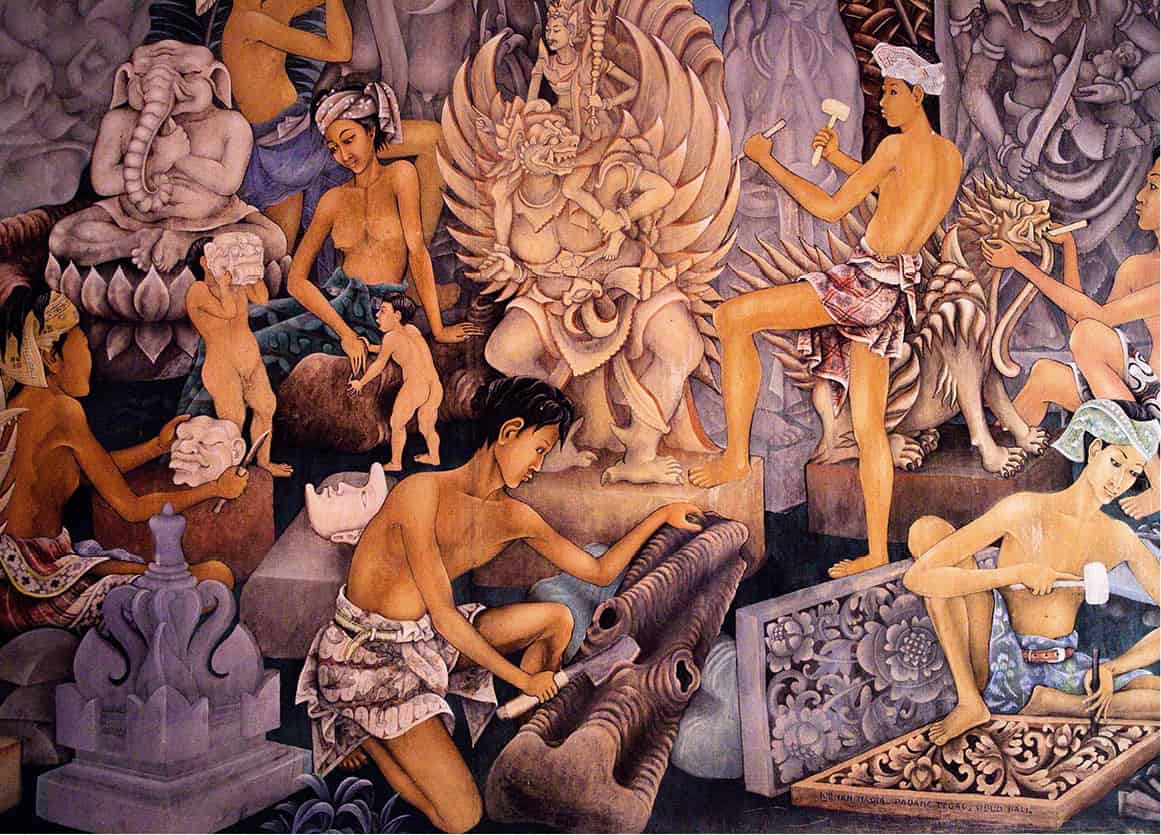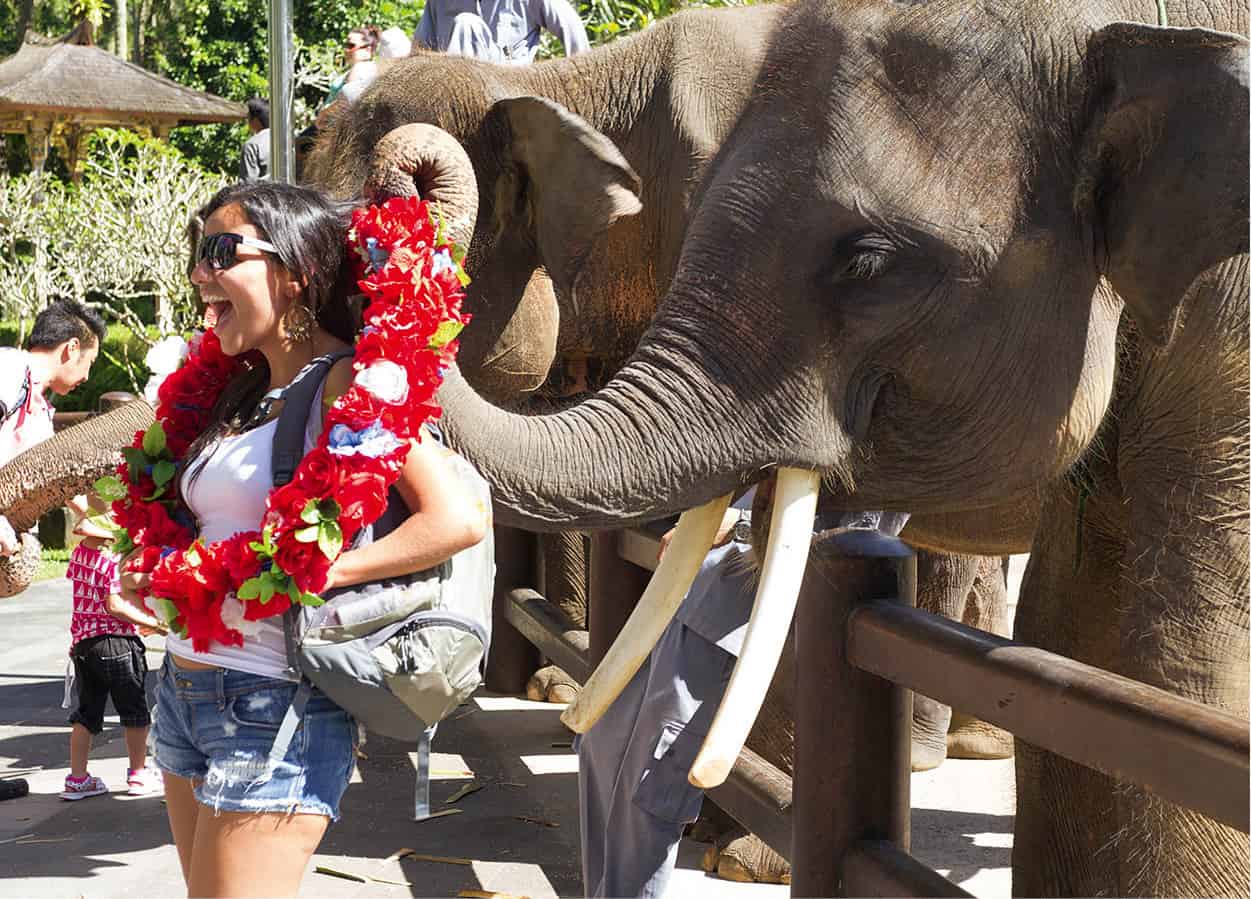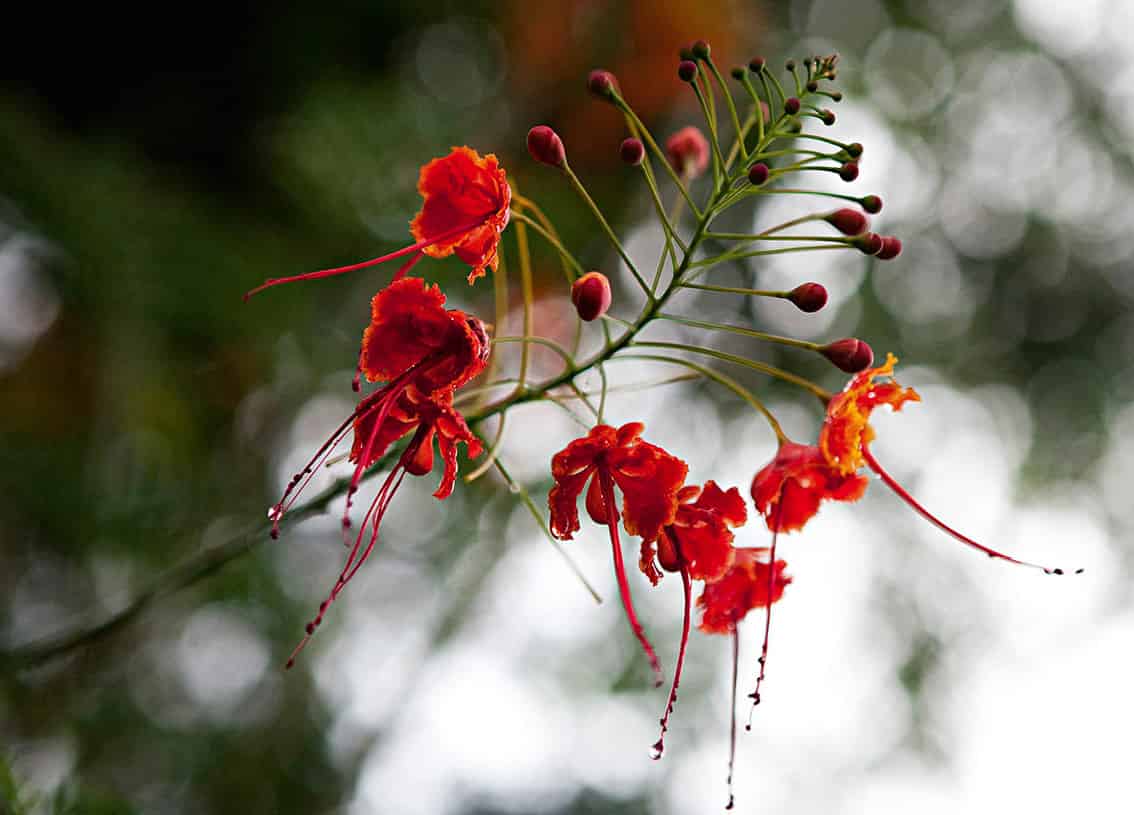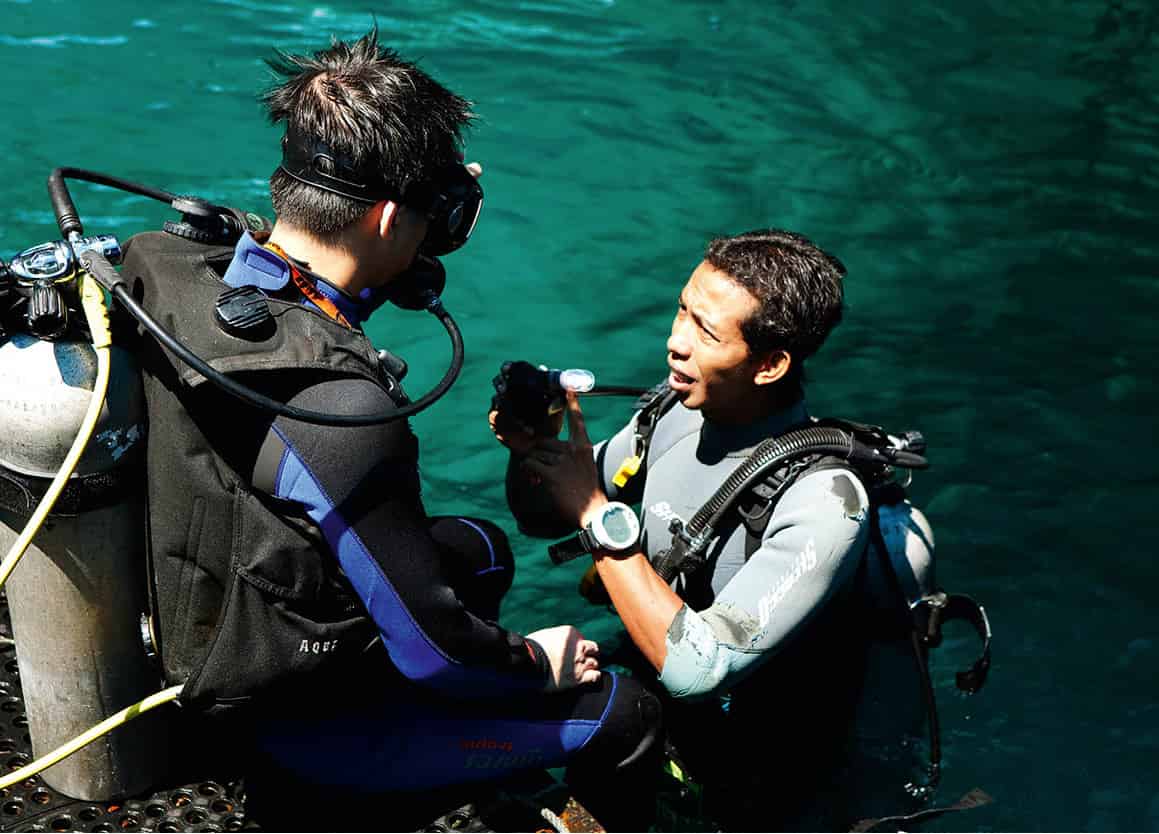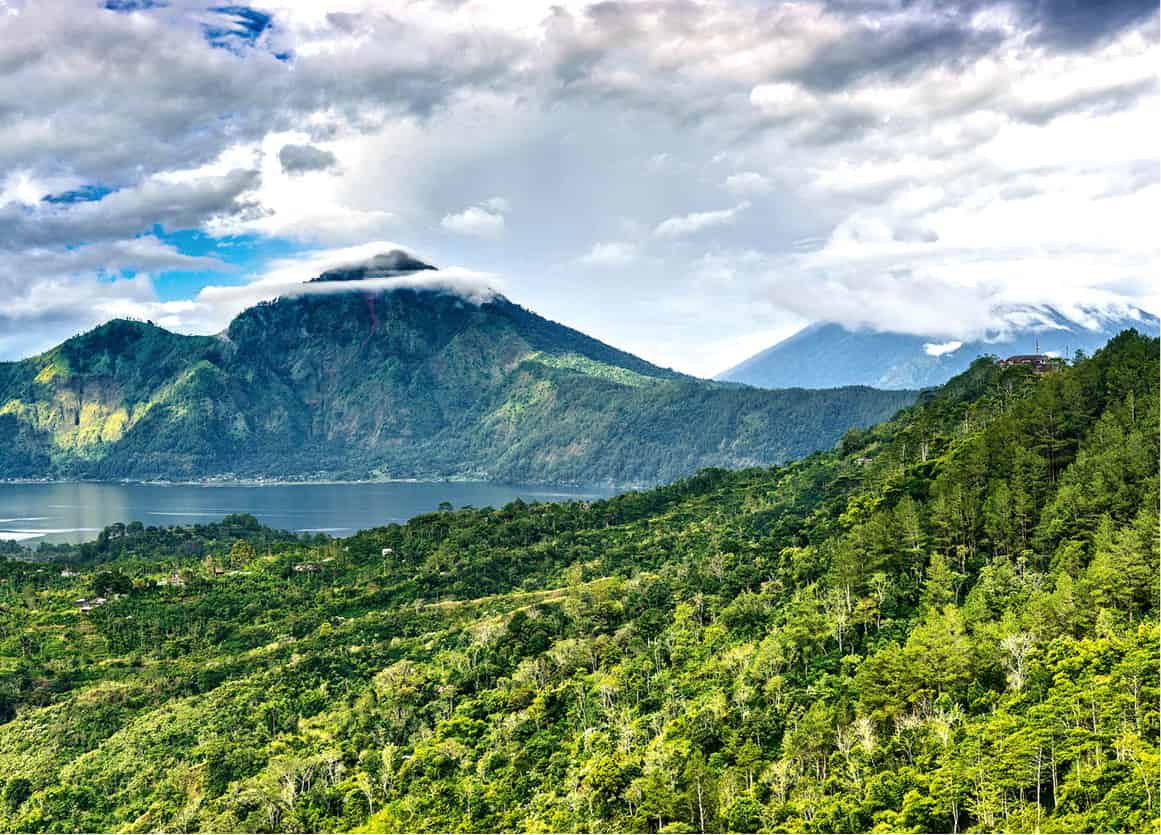How To Use This E-Book
This Explore Guide has been produced by the editors of Insight Guides, whose books have set the standard for visual travel guides since 1970. With top-quality photography and authoritative recommendations, these guidebooks bring you the very best routes and itineraries in the worlds most exciting destinations.
Best Routes
The routes in this book provide something to suit all budgets, tastes and trip lengths. As well as covering the destinations many classic attractions, the itineraries track lesser-known sights, and there are also excursions for those who want to extend their visit outside the city. The routes embrace a range of interests, so whether you are an art fan, a gourmet, a history buff or have kids to entertain, you will find an option to suit.
We recommend reading the whole of a route before setting out. This should help you to familiarise yourself with it and enable you to plan where to stop for refreshments options are shown in the Food and Drink box at the end of each tour.
Introduction
The routes are set in context by this introductory section, giving an overview of the destination to set the scene, plus background information on food and drink, shopping and more, while a succinct history timeline highlights the key events over the centuries.
Directory
Also supporting the routes is a Directory chapter, with a clearly organised AZ of practical information, our pick of where to stay while you are there and select restaurant listings; these eateries complement the more low-key cafs and restaurants that feature within the routes and are intended to offer a wider choice for evening dining. Also included here are some nightlife listings, plus a handy language guide and our recommendations for books and films about the destination.
Getting around the e-book
In the Table of Contents and throughout this e-book you will see hyperlinked references. Just tap a hyperlink once to skip to the section you would like to read. Practical information and listings are also hyperlinked, so as long as you have an external connection to the internet, you can tap a link to go directly to the website for more information.
Maps
All key attractions and sights mentioned in the text are numbered and cross-referenced to high-quality maps. Wherever you see the reference [map] just tap this to go straight to the related map. You can also double-tap any map for a zoom view.
Images
Youll find lots of beautiful high-resolution images that capture the essence of the destination. Simply double-tap on an image to see it full-screen.
2017 Apa Digital (CH) AG and Apa Publications (UK) Ltd
Table of Contents
Recommended Routes For...
Architecture
View the ceremonial longhouses of Tenganan ().
Corrie Wingate/Apa Publications
Art fans
Marvel at the artwork in the museums of Ubud ().
Corrie Wingate/Apa Publications
Beach lovers
Sea and sun worshippers will appreciate the white sands of Nusa Lembongan ().
Corrie Wingate/Apa Publications
Culture seekers
Choose from the monuments of Denpasar ().
Corrie Wingate/Apa Publications
Families
Swing through the trees like Tarzan at Bali Treetop Adventure Park ().
Alamy
Flora and fauna
Balis beautiful nature is a big draw for visitors; you can observe monkeys and herons ().
Corrie Wingate/Apa Publications
Sports enthusiasts
Dive and snorkel amongst the marine life in Candidasa and Amed. Get your water sports fix at Lake Bratan ().
Corrie Wingate/Apa Publications
Viewfinders
Be blown away by Batur and Kintamani ().
Dreamstime
Explore Bali
Bali is often described using travel writing clichs: exotic, seductive, magical. Although these words lose their power through overuse, they still best describe the islands charms anything less seems inadequate.
For a tiny island in the worlds largest archipelago, Bali has an astonishing diversity. The international airport is located in the southern region of Badung, the urban and commercial centre of Bali. This is where most visitors play and party all day long and late into the night, mostly in the beach towns of Kuta, Legian and Seminyak. The more sedate Sanur and Nusa Dua areas allow for more self-contained hedonism. Yet south Bali is not without redemption, for behind the blatant commercialisation are some of the islands most traditional aspects. In the regions of Gianyar and Bangli, the contours become softer, the villages smaller and the culture more unfettered. Balis earliest kingdoms carved out realms in these fertile lands and left behind a legacy of ancient temples. Ubud especially is a magnet for culture, with many of its surrounding villages specialising in particular arts, crafts, dances or musical styles.
Eastward in the regions of Klungkung and Karangasem are areas of striking contrasts, dominated by the islands highest mountain Gunung (Mt) Agung, the spiritual focus for most Balinese. Isolated villages, still conservative by nature, continue to maintain artistic traditions and ancient customs. The northern coast of Bali, the region of Buleleng, is mainly agricultural, growing everything from spices to grapes. Mountains almost meet the sea on narrow black sand beaches washed by calm waves.
Western Bali, the region of Jembrana and part of Buleleng, is a mix of dry and lush, and ignored by most travellers. Sparsely populated yet culturally diverse, a national park with rare wildlife anchors this part of the island. Finally, the southwest Tabanan region is the rice basket of Bali, once home to powerful royal dynasties and today, rural villages scattered on sloping plains watered by crater lakes nestled under hulking volcanoes.


